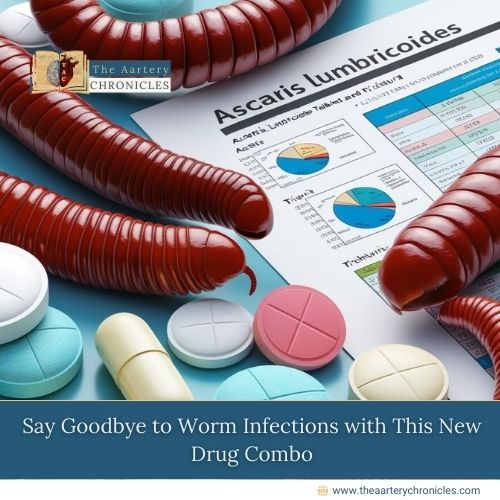

Microalgae as a Sustainable Resource for Food and Health Solutions
Microalgae: Nutrient-Rich Ingredients for Food and Pharma
Due to their nutrient-dense profiles, recent findings reveal that microalgae hold great potential as sustainable ingredients in the food and pharmaceutical fields. These tiny organisms offer a rich source of bioactive compounds, including proteins, fats, and carbohydrates, making them ideal for various health and nutrition applications.
Although their market appeal is growing, further research is essential to fully understand their benefits and determine their effectiveness as food ingredients.
Detailed Nutritional Analysis of Key Microalgal Species
In this study, researchers examined four microalgal species using a detailed chemometric approach to analyze their chemical makeup:
- Arthrospira
- Isochrysis
- Nannochloropsis
- Tetraselmis
They measured lipid, protein, carbohydrate, and pigment levels, adjusting for moisture content to ensure accurate data. Among the findings,
- Nannochloropsis had the highest lipid levels, especially in polyunsaturated fats
- Arthrospira contained the most protein due to its high phycobiliprotein content.
- Tetraselmis showed the greatest carbohydrate content
- Isochrysis was notable for its high ash (mineral components within the microalga) and carotenoid levels.
Antioxidant Potential and Unique Qualities of Each Species
Each microalgal species displayed distinct characteristics:
- Isochrysis had the highest levels of chlorophyll and carotenoids, resulting in a yellow-brown hue.
- Nannochloropsis had the least pigment due to its tough cell walls.
- Additionally, Arthrospira and Isochrysis showed high phenolic content, pointing to strong antioxidant properties.
These differences, shaped by factors like growth conditions and genetic diversity, suggest each species could serve specialized roles in food and pharmaceutical applications.
Promising Future for Microalgae in Sustainable Food and Health Solutions
The study reveals significant nutritional and functional diversity among microalgal species, presenting new opportunities for their use in food and pharmaceuticals to support global sustainability and health.
“Our findings highlight the remarkable diversity among microalgal species in terms of their nutritional and functional traits. This diversity creates opportunities to use these species in specific food and pharmaceutical products, contributing to global health and sustainability goals.”
Dr. Biniam Kebede, Study’s lead researcher
Conclusion
This research reinforces microalgae’s potential as sustainable, functional ingredients in the food and pharmaceutical industries, from nutritional supplements to innovative food products. With rising demand for eco-friendly ingredients, microalgae’s unique nutritional profiles offer promising solutions for the future.
Source: Inputs from various media Sources









